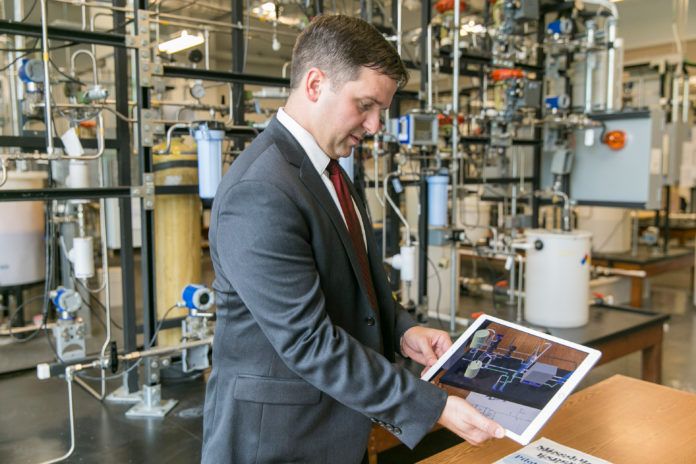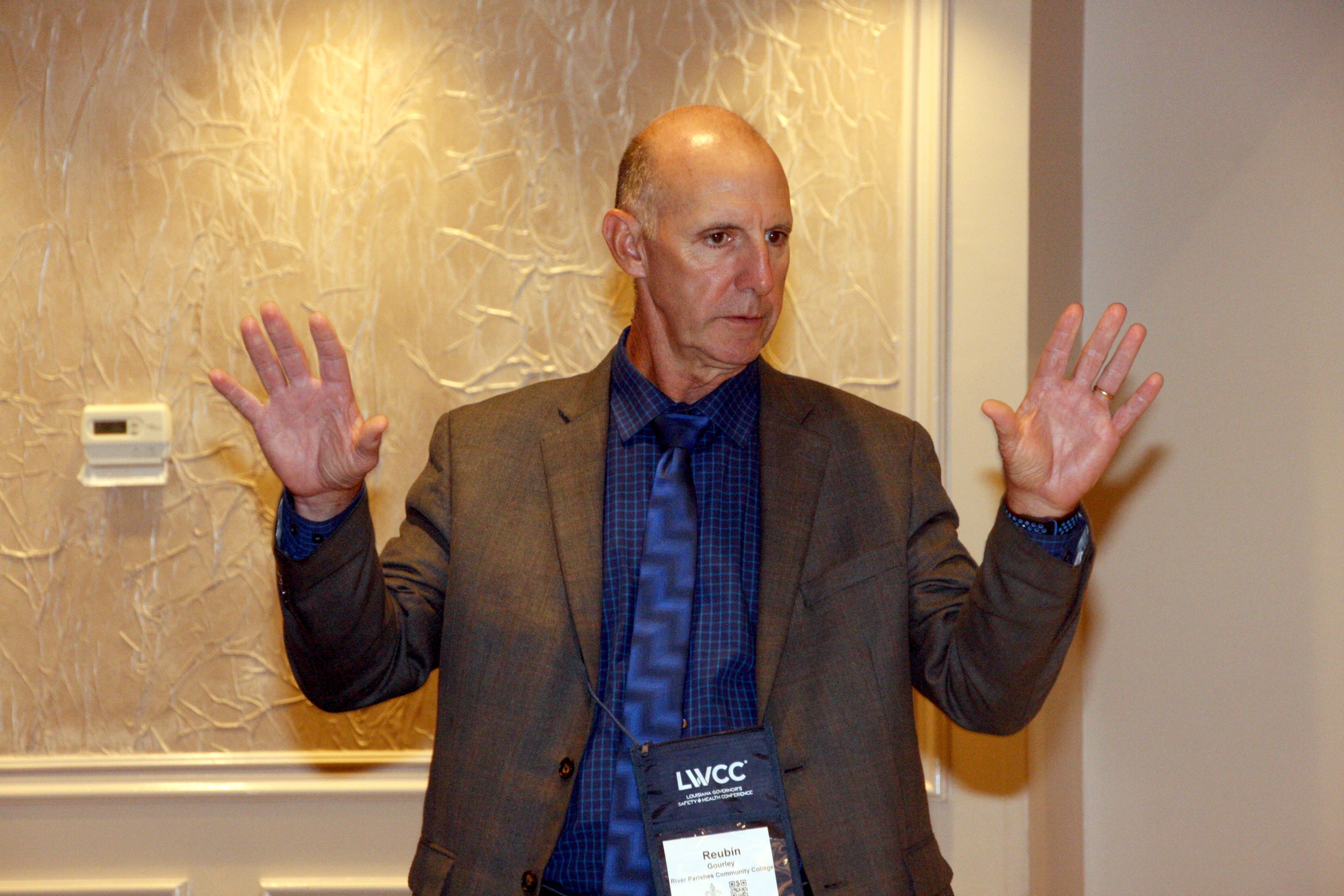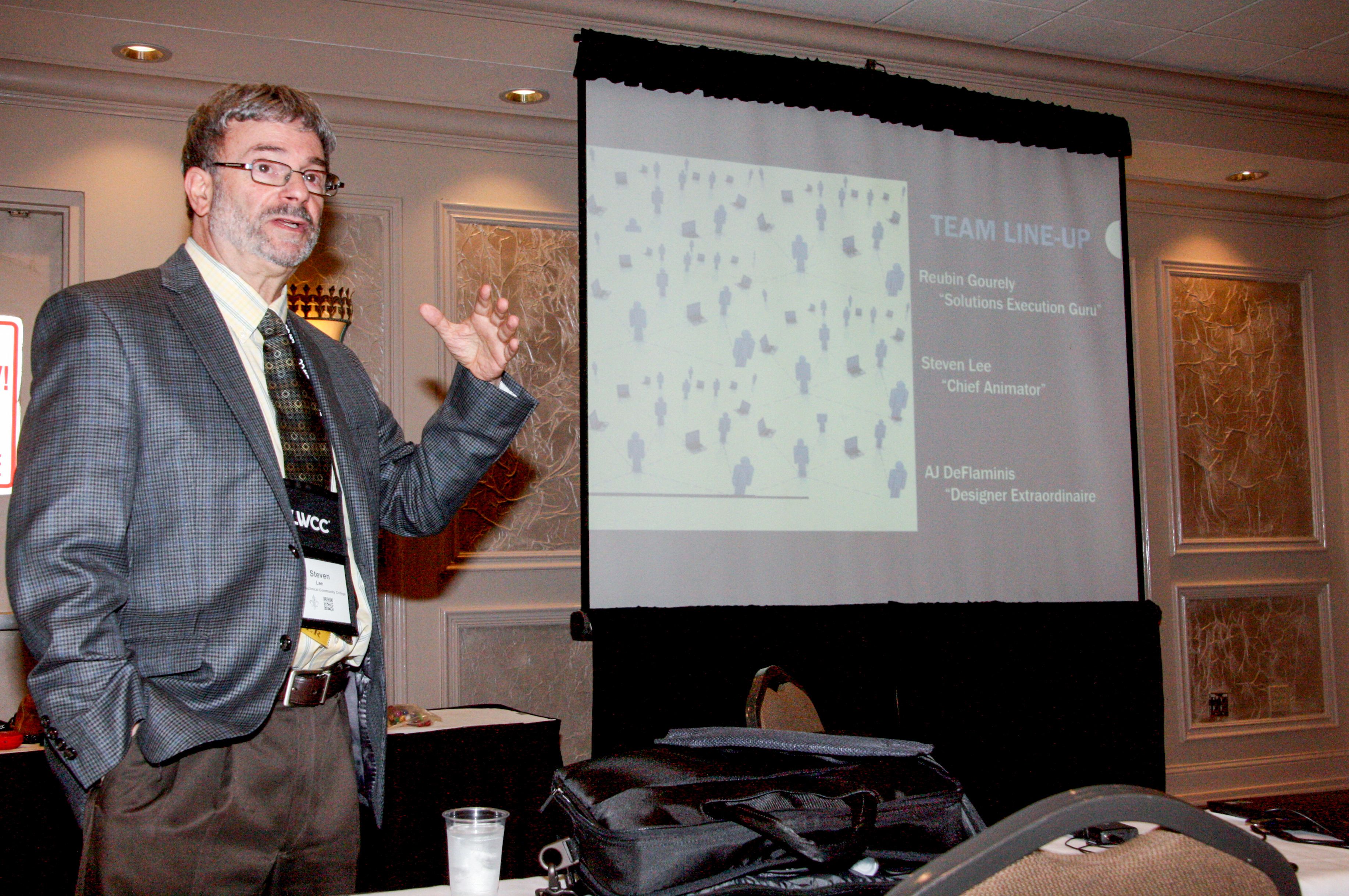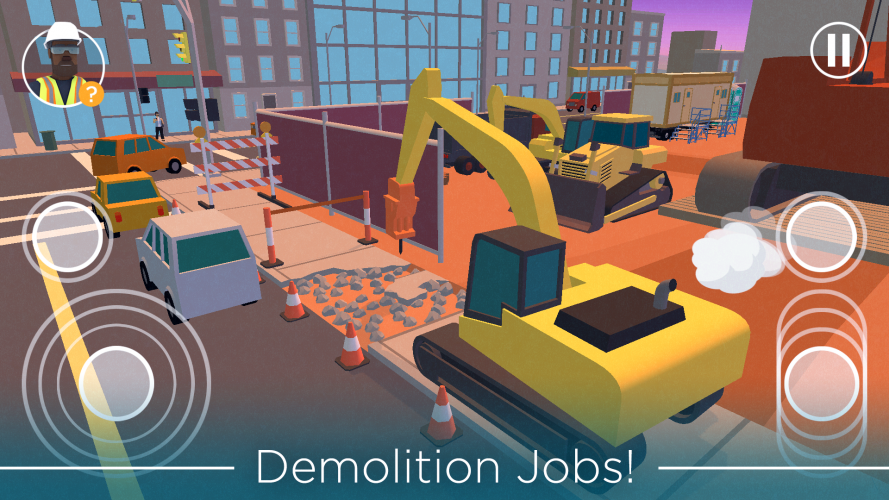
The drive to blaze new virtual trails in the world of industrial training is not restricted to Silicon Valley. There have been some recent Louisiana-based successes in creating cell phone- and computer-based mechanisms that can entice, retain and entertain the new generation of worker.
Faculty at SOWELA Technical Community College in Lake Charles, River Parishes Community College in Gonzales and Fletcher Technical Community College in Schriever are all developing gaming- or enhanced reality-oriented products that have marketable potential in the private world.
David Lafargue, dean of SOWELA’s School of Industrial Technology, is in the final stages of creating “SOWELA’s Mixed Reality Experience,” an application that can be easily accessed by cell phone or tablet.
He says selecting a platform for the technology was a no brainer. After all, students are already utilizing their cell phones multiple times per hour—much more than a computer. “The key to good, successful technology is incorporating it into daily usage,” he says. “I also wanted to increase engagement, motivation and self-efficacy (belief in your own ability to perform a task). This taps into all three of those.”

In developing the technology, Lafargue visited the Louisiana Immersive Technologies Enterprise, or LITE, in Lafayette for inspiration and researched the various ways augmented and virtual reality can impact learning in STEM-related programs. Later, a visit to the Augmented Reality Conference in California helped him flesh out the idea, and with some outside help from a programmer he turned it into an “in-house” adaptable application.
Utilizing the application, SOWELA students can hover a tablet or smart phone in front of a miniaturized “skid” inside SOWELA’s Phillips 66 Process Technology Building, thereby visualizing key processes and components that are digitally overlaid onto the physical surface. Animations and voiceover audio are strategically utilized to enhance the learning experience. In the process, students are taught and tested on various processes and components.
The program meshes nicely with SOWELA’s move to a more lab-based education and complements state process technology, or PTEC, curriculum. Lafargue says the product is also adaptable to other PTEC programs in the state.
Incidentally, he has been instrumental in developing the PTEC curriculum for the Louisiana Community and Technical College System. “The idea is to teach some very commonly used processes. We have skids for basic heating and cooling, water treatment, distillation unit, etc.,” he adds. “Ultimately, the focus is student engagement. I’ve found that engagement, motivation and self-efficacy are all highly correlated. If one goes up, the other goes up. That enables people to retain new information more readily.”
The SOWELA application is adaptable to meet specific demands of local industry. “We can creatively and innovatively put it together in a way that is different, intriguing and engaging, and does exactly what you want it to do.” This fall, the product is in the beta test phase, as students and faculty help work out any bugs or issues.
THE LOTO TOOL

REUBIN GOURLEY, director of industry workforce solutions, River Parishes Community College. Photo by Sam Barnes.
As another way to cater to the millennial mentality, River Parishes Community College and Fletcher Technical Community College are jointly developing a computer-based assessment tool that addresses “Lockout-Tagout,” a common procedure in all industrial environments. Put simply, LOTO ensures that dangerous machines are properly shut off and incapable of being started prior to the completion of maintenance or repair work.
Speaking at the Oct. 1 Louisiana Governor’s Safety & Health Conference in Baton Rouge, Reubin Gourley, director of industry workforce solutions at RPCC, says the game is being marketed outside of the classroom to companies such as Chevron USA and Entergy. As potential users, the companies are providing subject matter experts for assistance in developing the game for both offshore and land-based applications.
Steven Lee, director of research and development at Fletcher, says the application is essentially a game-based assessment tool. Utilizing a Unity 3D engine and C++ programming, the game can be loaded onto a flash drive and will be universal to any industrial system. “It evaluates the competency of the players,” Lee says. “These may be new employees on a platform, experienced employees that are being re-evaluated or pre-employees going through the interview process.”
Through the game, the institutional partners are creating a virtual world where players immerse themselves in an offshore or inshore environment, interacting through an avatar to learn the LOTO process. The avatar is programmed so that a player can pick up an object, press a button, or take other actions, sometimes making mistakes along the way. “We’re creating a lifelike scenario where the trainee has the opportunity to make up to 16 mistakes,” Lee says.
The game comes with realistic graphics and artwork that accurately simulate a job environment. Additionally, existing 3D models can be incorporated into the game to create a customizable experience. “These companies are looking for an assessment tool to see if an employee, or potential employee, is ‘up to snuff,’ ” Lee says. “They don’t want to send them out to a platform and find out they’re not nearly as good as they claim to be.”
As Gourley notes, the game addresses one of the most important safety procedures in industry. “People would die every single day in nearly every single industry in the U.S. without proper lockout-tagout protocol. That is the way we protect our workers. This game-based training tool will be used to more effectively teach those processes.”
MERGING OLD WITH NEW

STEVEN LEE, director of research and development,
Fletcher Technical Community College
While excited by recent technological developments, David Hirsch, president and CEO of training service company Systran Inc. in Houston, says the key to any successful training regimen is combining the old with the new.
Systran is a process-driven company that caters to the documentation and development needs of the hydrocarbon processing industry. “Some time ago, we realized that if we didn’t begin adopting technology as part of our solution and continued with instructor-led training and paper-based solutions, we’d quickly become dinosaurs,” Hirsch explained during his talk at the 2018 Downstream Conference in Galveston.
Hirsch says integrating augmented reality and simulations into an existing training and workforce platform is the most effective way to quickly fill vacant positions in the manufacturing environment.
The end game is to enable the trainee to better and more effectively integrate new information. Simulations, in their various forms, are an excellent way to achieve this goal. “A simulation can be done in a team environment,” he adds. “It’s not just one person working alone. Now we can have collaborative group simulations. Now we can reinforce teamwork. Now we can reinforce proper communication skills. We can create a complex experience that lets both sides work together and can actually measure that performance and give them feedback.”
The increasing mobility of technology is the most promising development, as it makes things available at the moment of need. “You don’t have to go back in the house to retrieve the procedure,” Hirsch says. “You don’t have to go digging through that 3-inch binder to find what you need. It’s all there and it’s on a device.”
He stresses that traditional forms of training will never be entirely replaced by enhanced reality or simulations. Instead, these technologies will increasingly provide much-needed preliminary support to hands-on training.
Transforming passive learning into application

The Alliance Safety Council in Baton Rouge recently collaborated with Heartwood, a California-based technology company, to develop a “Lockout-Tagout” virtual training package.
The training enables employees to perform the complex procedure safely and more accurately, without the expense or logistical hurdles associated with traditional, live training sessions. The interactive training program complies with OSHA standards and can be taken at the Alliance Safety Council or any of its affiliate locations, or remotely by computer or mobile device. It consists of an instructional lesson, practical lesson and assessment.
Recognizing the need for a less expensive alternative to live training, Alliance Safety Council researched several training platforms and potential partners to bring the training to its members.
“Many traditional computer-based training programs are passive, which means the student receives information by listening and reading,” says Sheri Bankston, Alliance Safety Council’s director of education innovation. “While passive learning works well for most compliance training, where the goal is simple knowledge transfer, in some cases a more practical application is needed.
“Where possible, the application of knowledge through practical application can and should be used to increase knowledge retention.”
PRODUCT SHOWCASE: VOOVIO AND SIMCOACH

Voovio’s Enhanced Reality technology is a new visual format that builds realistic, interactive and immersive replicas of production environments using photographs taken with a standard camera. Voovio’s procedural simulation tools, set within these replicas, enable field operators to review, refresh and master critical procedures on any device.
ER replicates process areas with photographic realism and total immersion, while being a sustainable solution that is easy to update. It offers the process industry a viable solution for improving operating discipline in field operations.
ER’s replica and simulation tools are designed to improve efficiency, increase production and reduce time to operator proficiency. In the process, Voovio hopes to assist in an owner’s effort to improve operating discipline, relieve the cost and issues associated with attrition, reduce human error and increase operator productivity.
Simcoach Games is a Pittsburgh-based technology spin-out of Carnegie Mellon University dedicated to creating computer- and cell phone-based video games that inspire and connect individuals to job opportunities. Since 2005, the company has partnered with organizations in retail, construction, manufacturing, government and health care to produce free and engaging games that help players discover their aptitudes and interests.
The Simcoach Skill Arcade is an innovative bridge that spans the gap between people with the skills to be successful in careers and the organizations that need them. One such game, Dig
In!, caters to the prospective equipment operator. The program begins in the training yard and sends the player through increasingly complicated jobs. Players move from basic moving and digging to working in a busy city with cars, bulldozers and other workers, racing to do the job right and on time while avoiding obstacles.
In the process, players use the same hand-eye coordination and spatial awareness used by heavy equipment operators in the real world. The game also shares career details such as wages and training requirements. Players interested in careers in heavy equipment operation can create a Simcoach Skill Arcade account and discover apprenticeship opportunities in the industry.








